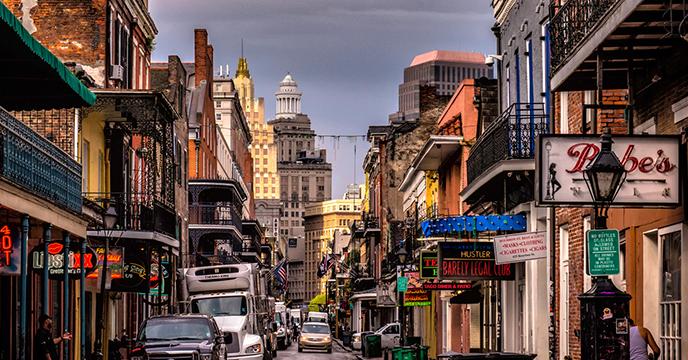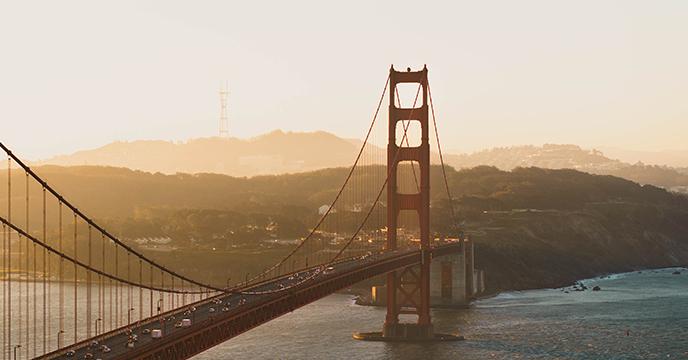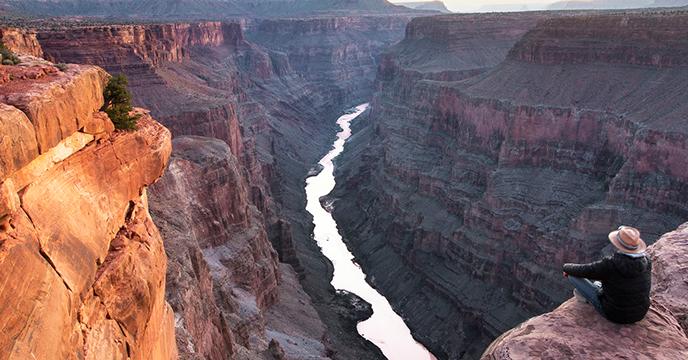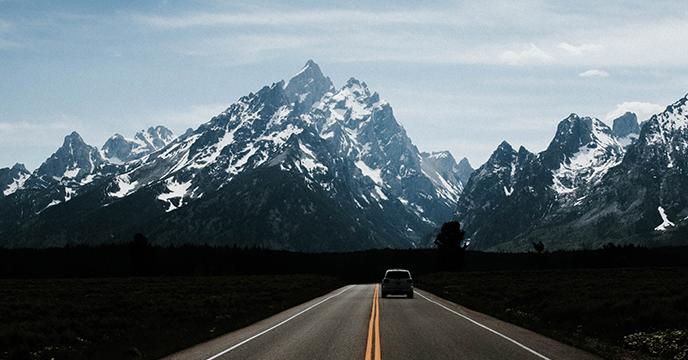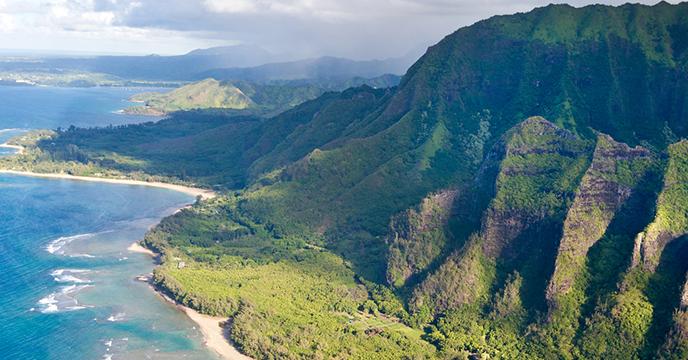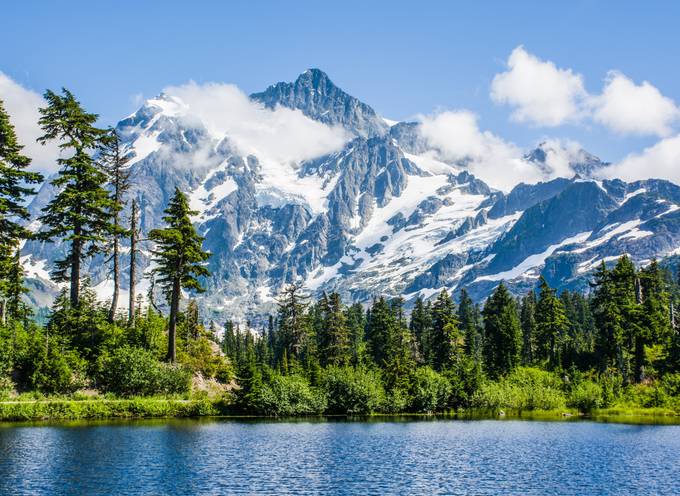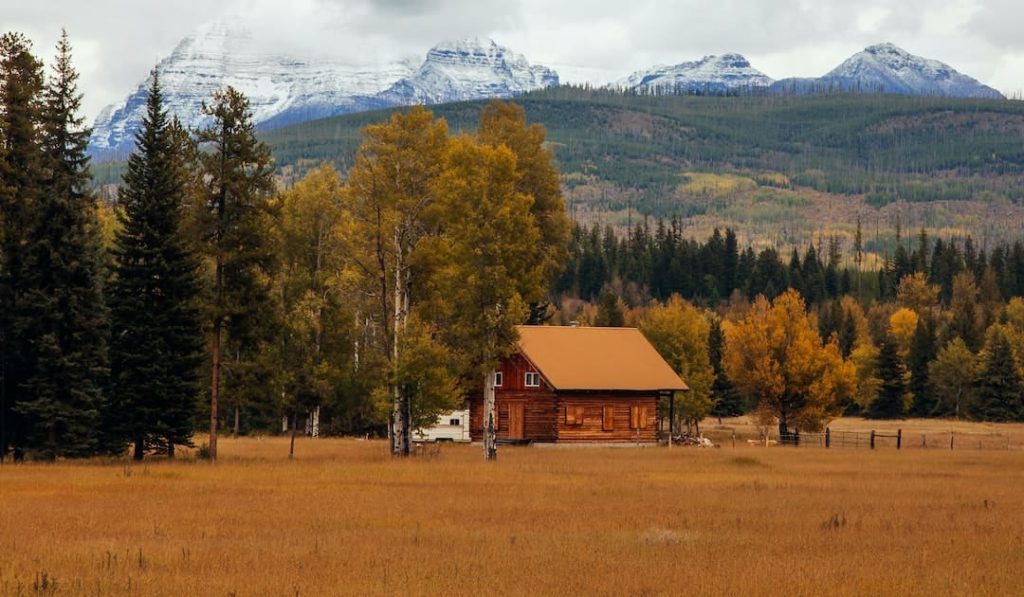
USA Travel Guide
This is the United States, an immense land that boasts diversity in its people, its wildlife and its landscapes. Make your way from the glistening beaches and wind-battered coasts to cities that eventually give way to wide open spaces where mountains, impressive monoliths, endless plains, beautiful lakes and charming towns await. Read here the guide about Grand Canyon hike to bottom.
The Highlights
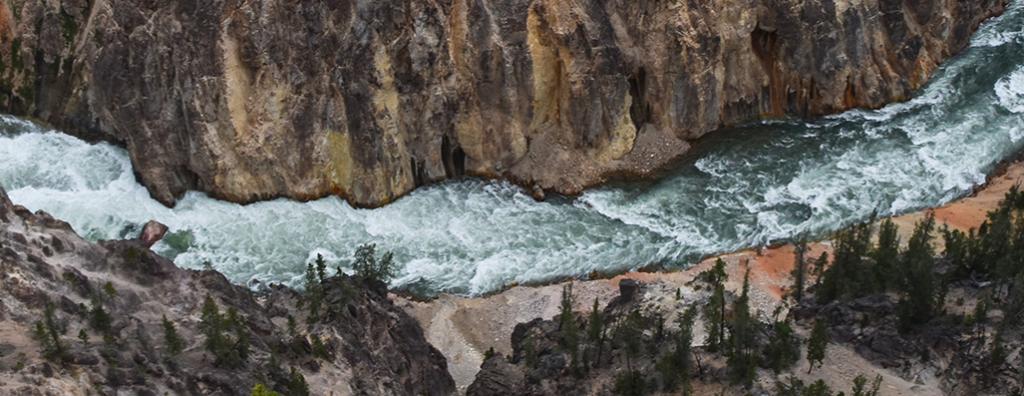

The Basics
The Location
Sandwiched between Canada and Mexico, the North Pacific and the North Atlantic, the US is a massive country in North America. From London, its northeastern region is an 8h nonstop flight. From Sydney, the Pacific coast is a 14h flight.
Capital City
Washington, D.C. is the capital city of the United States. It is nestled between the states of Virginia and Maryland, and it boasts some of the most beautiful and historic architectural structures in the country.
Main Airport
There are many hubs for domestic and international flights in the US. Two of its busiest are John F. Kennedy International Airport, 19 miles away from Manhattan, and Los Angeles International Airport, about 15 miles away from downtown Los Angeles.
Language Spoken
The official language of the United States is English, with Spanish being the second most common language.
Currency
The United States uses the US Dollar. The currency code is USD. While there are a few businesses that are cash only, credit and debit cards are generally accepted in the whole country. ATM machines are everywhere except in the most remote areas.
Visas
Citizens of several countries are able to travel visa-free to the US for 90 days or less. These countries include Australia and New Zealand, and the UK, however, visitors will need to apply for The Electronic System for Travel Authorization (ESTA). Check with your embassy for the most up to date information.
Electricity
The United States uses the 110V/60Hz electrical voltage and frequency. The standard plugs are those with two flat parallel pins and those with two flat pins and a third round grounding pin. Check to see if you need an adapter and a converter.
Vaccinations
There are currently no vaccination requirements for travellers visiting the United States. Infectious disease outbreaks are uncommon, but they can happen. Check Centers for Disease Control and Prevention website to stay informed.
Emergency Calls
For emergencies, dial 911. This number is for the police or an ambulance, or in case of fire.
When to Visit

USA Tours

Visit Responsibly
Travelling responsibly means respecting the communities, culture and environment of the places you visit. Keep these tips in mind when travelling to the USA:
Go green. Be environmentally conscious on the road by taking short showers; turning off the lights in your hotel room when you leave; and resisting the urge to collect any plants, seashells, or other natural flora.
Respect cultural differences. Before travelling, read about the local culture and customs – even just knowing the dress code and a few basic phrases in the local language will go a long way.
Support local businesses. Enjoy a more authentic experience and directly support the local economy by travelling with a local guide, eating in local restaurants, buying from local artisans, and staying in locally-owned and operated accommodations.
Wherever possible, avoid single-use plastics. Pack reusable items such as your own shopping bags, utensils, a water bottle, and a straw. These items are typically lightweight and compact, and will greatly reduce your consumption of plastics.
Be conscious of overtourism. Opt to visit the lesser-known regions of the USA or travel outside the peak season – you'll likely even get a better deal and won't have all the crowds!Sustainable Tourism in the USA
Environmental Sustainability Laws
Clean Air Act - The Clean Air Act (ACC) is a U.S. federal law that restricts air pollution and protects public health and welfare. Not only is it one of the nation's leading modern environmental laws, but it also ranks among the most comprehensive air quality laws worldwide.
The Endangered Species Act (ESA) - Enacted in the 1970s, this legislation protects endangered or threatened species and their habitats.
The Lacey Act - Enacted in 1900, it was the first federal law that protected wildlife. Amended in 2008 to protect an even larger variety of plants and plant products (such as timber), the Lacey Act bans the import of all species protected by international and domestic law. Moreover, it aims to prevent the spread of non-native species.
The U.S. Department of Agriculture (USDA) Organic Seal
In order to receive the well-known USDA organic seal, crops and livestock products must first meet the rigorous standards. Thus, consumers can confidently purchase organic products with the knowledge that the food is truly organic.
American Forests
Together with the help of brands and governments, the American Forests organisation strives to restore native forests and promote urban forests across North America.
FAQs about the USA
Do you tip in the USA?
Absolutely. The tipping culture in the United States, while not exactly mandatory, is very much expected. A 15% to 20% tip at restaurants, cafes, salons and spas is standard, while a $1 per drink tip for bartenders is the norm.
What is the internet access like?
Though it can range in quality, a good Internet connection in the United States is pretty common. Internet cafes are not as prevalent, but coffee shops and many fast-food restaurants offer free access to customers.
Is the tap water safe to drink?
Definitely. Thanks to the Safe Drinking Water Act, tap water everywhere in the country is safe to drink even in large cities in New York and Los Angeles.
Can I use my credit cards?
Though there are establishments and businesses that are cash only, credit cards are widely accepted in the US. Visa and Mastercard are the most popular, but many also accept American Express, Discover and Diners Club.
What are the public holidays?
Federal holidays include MLK Day on January 15, Memorial Day on the last Monday of May, Independence Day on July 4, Labour Day on the first Monday of September, Veteran’s Day on November 11, and Thanksgiving on the fourth Thursday of November.
What are the toilets like?
Most of the United States, even in some of the remote areas, use modern toilet facilities. Public restrooms are also common. Keep in mind, however, that you will encounter vault toilets, which are popular in national parks and many campgrounds.
Is it safe to travel to the United States?
The United States is one of the safest places for tourists to visit. However, do exercise common sense when walking around in the big cities at night.
Will I need to rent a car?
There is a fairly extensive network of buses and trains that connect major cities, but service can be limited. A car is your best bet for convenience, except in New York City and San Francisco where parking is limited. Another option is to join a tour that takes care of your transportation needs.
